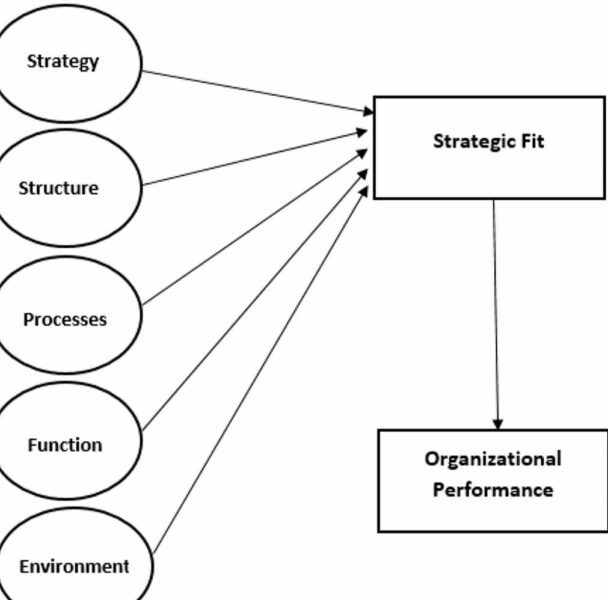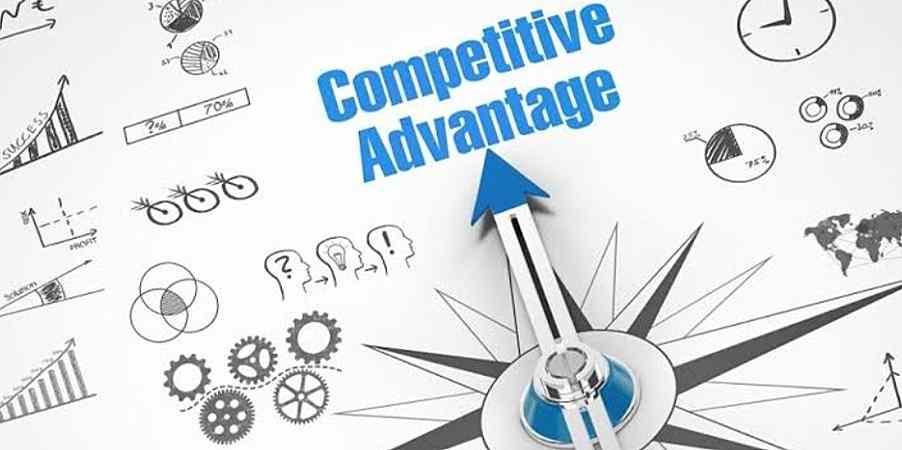Strategic Decisions, who makes them?
Strategic decisions are made by the top-level management. With the help of these strategies, operational decisions are made by the manager at the lower levels. They aim at achieving organizational objectives and goals significantly. Strategic decisions are guided by organizational available resources, policies, long-term objectives, and the competitiveness of the firm. The strategic decision refers to the identification, evaluation, and selection of a strategy that increases the chance of achieving organizational goals. It is rare, consequential, and directive.
Characteristics of Strategic Decision
The important characteristics of strategic decisions are mentioned below
1. Define the Scope
Strategic decisions define an organization’s scope. They direct all the actions and plan that organizations will conduct or carry out. Through the strategic decision, one can understand what is to be done and when. They also describe an organization’s market and product.
2. Dynamic
Strategic decisions are e dynamic in nature, as they are made to take advantage of opportunities in the environment. These decisions are made to protect the organization from problems. They’re risky, uncertain, and complicated.
3. Top Management Oriented
Strategic decisions are made by the top management. As it is very much important for the business because it enlists all the work to be conducted in the organization. The top management takes input from the lower and middle management to make strategic decisions. Top management dedication is required for strategic decision-making to be effective.
4. Directive
Strategic decisions determine an organization’s long-term course. In an unpredictable environment, it directs future operations and gives a path to work. Strategic decisions aimed to meet the organization’s long-term objectives as it has far-reaching effects.
5. Consequential
Strategic decisions are actions. It is decisions that are taken for achieving the long-run goal of an organization. These decisions are result-oriented or consequential.
6. Rare
Strategic decisions are made once in a while as they’re so extensive and need so many resources. It requires a lot of thought. Strategic decisions differ from routine decisions, which are made on a regular basis. They are critical for an organization’s long-term development.
7. Strategic Fit
An organization’s competitive advantage is increased and improved through strategic fit. Strategic decisions are bothered with maintaining strategic fit. That is defined as the alignment of an organizational structure, resources, and competencies with market prospects and policies.
8. Competitive Advantage
In this advanced world, there is a lot of competition in the market. Strategic decisions help to give competition to the competitor. These decisions provide a direction. It enables firms to be sustained, grow and be competent in a competitive environment.
9. Involve Resource Management
A strategic decision is a key component for the deployment of resources over a long period of time. It also helps to maintain and manage the resource in the organization. The long-term effectiveness of strategic decisions is dependent on the availability and management of resources.
10. Irreversible
Strategic decisions involve resources and efforts significantly as they are long-term decisions. Operational decisions can be reversed but strategic decisions can not be reversed easily.









